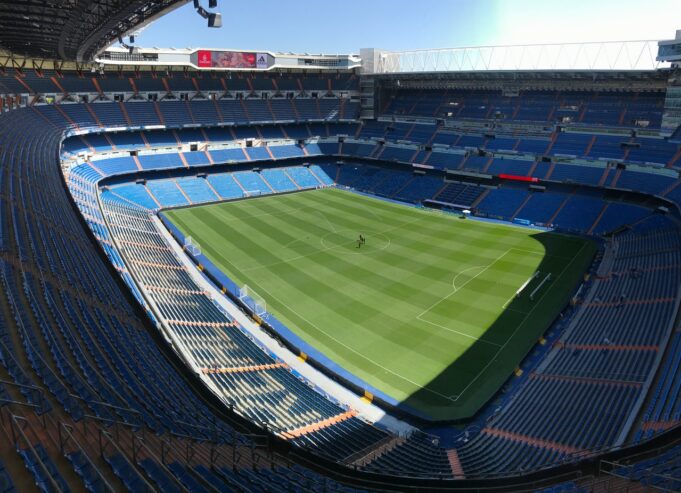Ever since the very first soccer-specific stadium was constructed in 1999, Major League Soccer has seen a boom in stadium growth. From the inaugural Columbus Crew Stadium in Columbus, Ohio to the future unveiling of St. Louis City SC Stadium in 2023, soccer stadiums have become more experiential and increasingly welcoming for fans.
Here are five things you probably didn’t know about MLS and FIFA soccer stadiums and how they get built.
Sight and Sound Matter
As stadiums pop up, so do the upgrades. The changes might not be obvious, but they include everything from better sight lines to tighter enclosures. These architectural priorities go a long way in creating the perfect fan-friendly atmosphere. The roof of Orlando City Stadium, for example, was constructed at an incline in order to trap the noise inside to ensure game days feel especially riotous. The safe-standing section and intimate seating also make attendees feel like they are even closer to the game.
Red Bull Arena, built in 2010, affords its fans incredible views from anywhere in the house. The attendees’ proximity to the field paired with the stadium’s bowl-like design make it a particularly memorable soccer experience. Stadiums also employ arc flash protection to ensure the speakers and scoreboards are always in proper working order.
Adaptability Is Key
The rise of new technology has had drastic effects on the American stadium boom. Most notably, technology has allowed stadiums to become more adaptable. One example of this welcoming flexibility is Atlanta’s Mercedes-Benz Stadium, one of the best stadiums in the country. It plays host to both the Atlanta United MLS team and the Atlanta Falcons NFL team. Its giant size, retractable bird-like roof and 360-degree screen are just a few of the venue’s highlights. Additionally, SeatGeek Stadium, Mapfre Stadium and Toyota Stadium all have retractable pitches and permanent stages for touring acts. These design elements help keep the arenas in use year-round, thus boosting surrounding business and increasing tax revenue for the cities in which they reside.
Identity Is Important
While stadiums increasingly must cater to the demands of fans, they also have to embody a certain community identity of the place and people. Once upon a time, stadiums were simply dropped into locations on a purely utilitarian basis. Today, however, stadium architects are now required to draw their inspiration from the history of the city and the character of the fans. As a result, stadiums now serve as anchors in the community. It’s witnessed in Bari’s Stadio San Nicola, which plays homage to the classic amphitheaters found along the Adriatic. It’s also noticed in little quirks like White Hart Lane, which boasts a Beavertown microbrewery inside — a welcome addition for Tottenham fans.
Yes, That’s Real Grass
Grass fields are widely considered one of the greatest assets to a proper soccer match. Grass’s texture allows the soccer ball to roll across the lawn at an ideal speed, as opposed to artificial turf, which makes the ball travel much faster. That’s why players prefer real grass – generally Bermuda grass – because it is easier to control the ball.
The key is keeping the grass prime for play. It is usually mowed low for games and must be drained properly. Many soccer fields employ a “turtle back” system, which creates an elevated square in the middle of pitch to force water to drain to the corners.
A Compass Is Crucial
Did you know that soccer fields are almost always oriented the same way? Generally speaking, they run north to south in order to keep the sun out of the players’ eyes. It also provides fans with a better view during afternoon matches. The next time you go to a professional soccer contest, take a look: Are the press box and cameras located to the west, facing away from the setting sun? That’s definitely intentional.
There are so many factors that go into the construction of a modern day soccer stadium. From adaptable technology to directional orientation, the enhancements keep coming. As the number of stadiums continues to grow, so does the game day experience for fans and communities alike.






